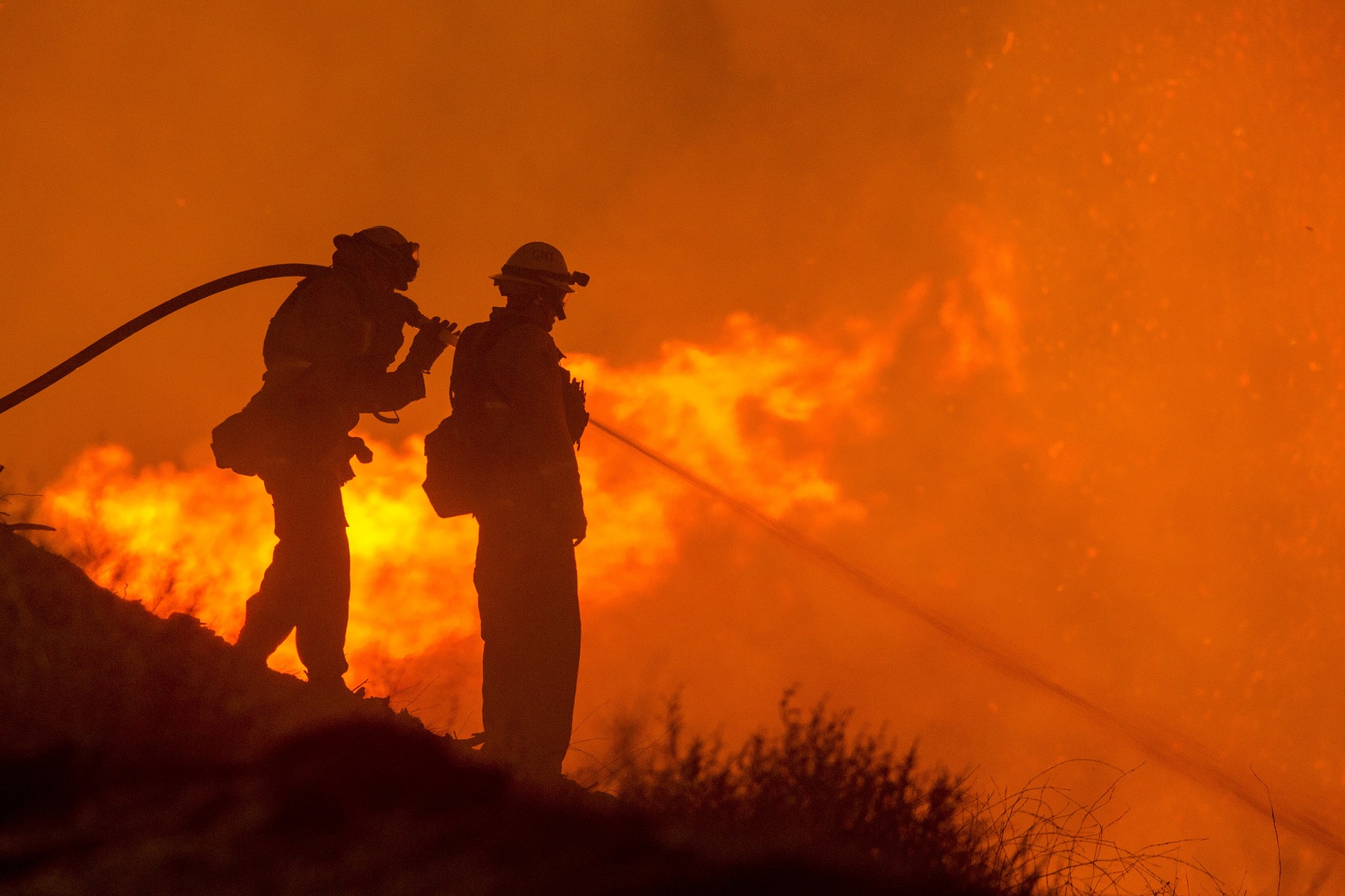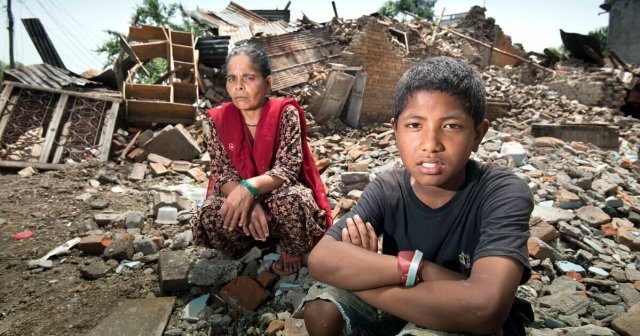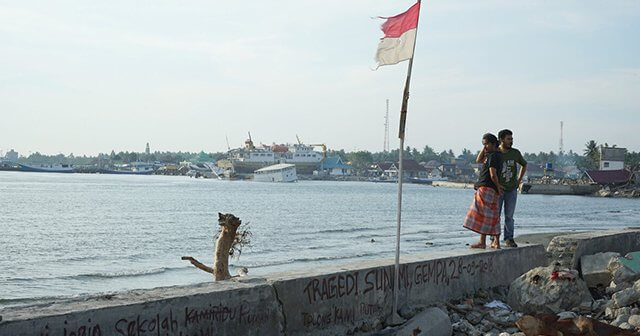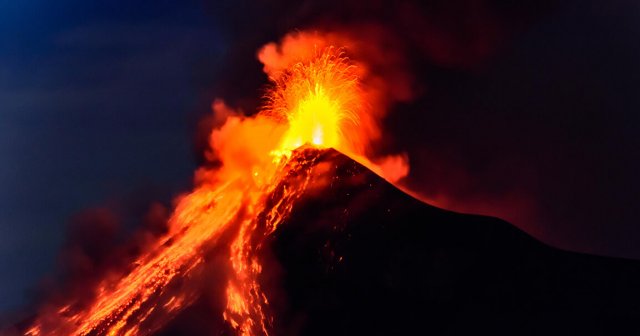Wildfires are classified by the Environmental Protection Agency as disasters.
However, only 10-15% of them happen on their own in nature. Most wildfires are caused by humans, and the most common causes are unattended camp and debris fires, discarded cigarettes, and arson. Right now, Australia is suffering from deadly bushfires happening in the country (source: National Geographic).
Although fires occur every year, this fire season is particularly bad. New South Wales has been hit the hardest and has declared a state of emergency. Read on to find out more about wildfires, their impact, their link with climate change and facts about the current Australian bushfires.
What is a wildfire?
A wildfire, wildland fire or rural fire is an uncontrolled fire in an area of vegetation happening in rural areas.
Wildfires can rapidly burn millions of acres of land and can destroy everything—trees, homes, animals and humans in their paths. Families and whole communities that live in rural, wildfire-prone areas are in danger of losing their homes and having to flee for their own safety. Wildfires also have major health hazards, especially for people with existing breathing problems.
Breathing fire smoke can cause respiratory issues and coughing, wheezing and bronchitis. Another threat is carbon monoxide (CO). Inhaling CO reduces oxygen delivery to the body’s organs and tissues and can lead to headaches, nausea, dizziness and even premature death.
Source: American Lung Association
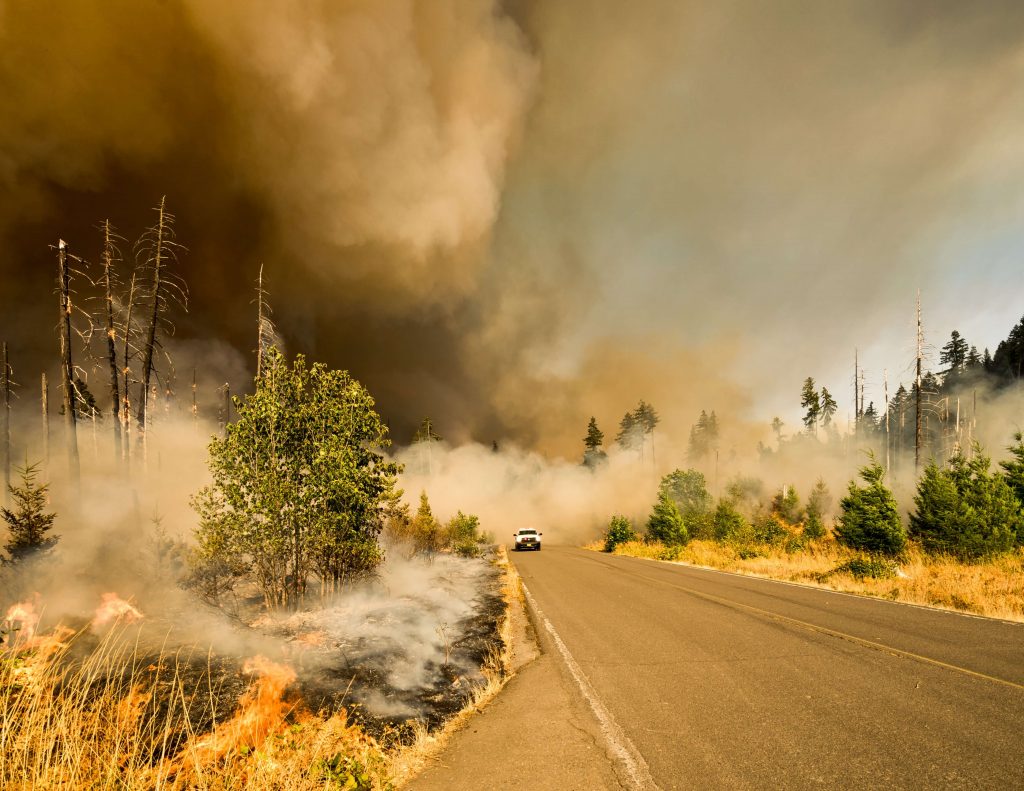
DOES CLIMATE CHANGE CAUSE MORE WILDFIRES?

Climate change increases the occurrence and severity of wildfires.
Hotter weather, a result of climate change, makes forests and vegetation drier and therefore more prone to burning.
As a result, the average wildfire season is three and a half months longer than it was a few decades ago, and the number of annual large fires in the West has tripled.
As rising greenhouse gas emissions are increasing droughts and heat, more catastrophic wildfires are expected in the years to come, especially with the fire seasons getting longer.
Source: Environmental Defense Fund, New Scientist
WHAT IS THE DIFFERENCE BETWEEN A WILDFIRE AND A BUSHFIRE?
Wildfire is the general umbrella term, whereas the term bushfire refers to an uncontrollable fire in bushland.
In simple terms, you can specifically refer to the type of wildfire depending on the vegetation present.
WHERE DO BUSHFIRES OCCUR?
Australia is very prone to menacing bushfires.
The country’s climate is generally hot, dry and susceptible to drought.
At any time of the year, some parts of Australia suffer extremely damaging bushfires.
Bushfires tend to occur when light and heavy fuel loads in Eucalypt forests have dried out, usually following periods of low rainfall.
Have a look below at some facts and numbers about the devastating bushfires happening right now in Australia.
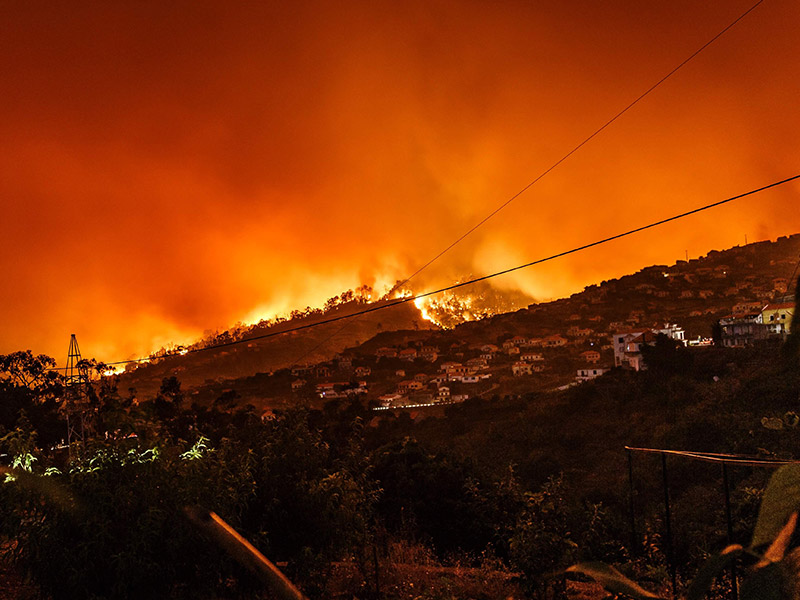
AUSTRALIA BUSHFIRES: FACTS AND NUMBERS
AS OF 6 JANUARY 2020
- There were about 136 fires burning across New South Wales on Monday.
- Around 480 million animals have died across New South Wales, but the actual numbers are expected to be higher.
- In total, over 15 million acres have been burned across the country’s six states. That’s larger than the countries of Belgium and Haiti combined.
- Officials say 24 people have lost their lives nationwide this fire season.
Source: CNN
IS SHELTERBOX RESPONDING TO THE AUSTRALIA BUSHFIRES?
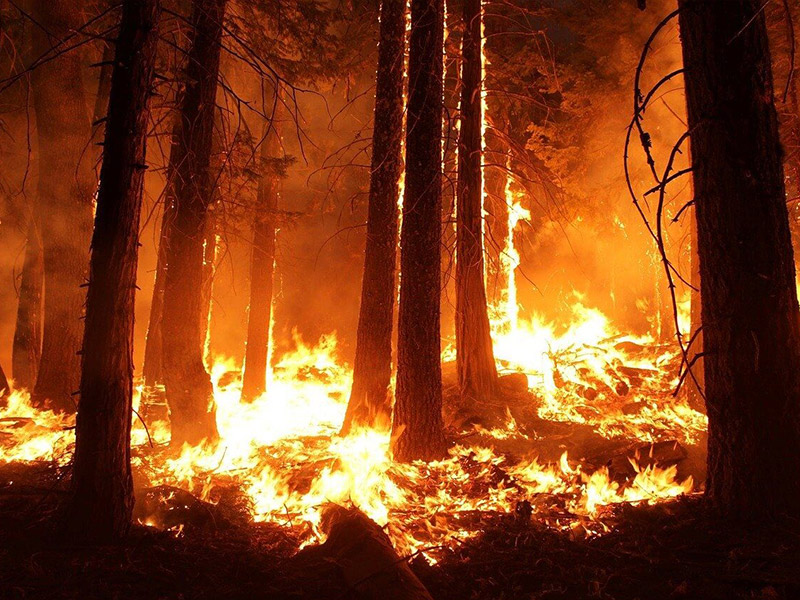
We are extremely concerned for the people affected by the Australian wildfires. Over the last month, we have been working with local contacts, including Rotary and the Australian Red Cross, to understand how we might be able to help.
The current situation is that local organizations are the best placed people to help support those affected. Whilst we are continuing to liaise with our contacts and to support the response in any way we can, we will not be distributing aid at this time.
Right now, we’re working around the world supporting families who have lost their homes to disaster. We’re supporting families who’ve lost their homes in Syria, the Philippines, Ethiopia and .
If you would like to donate to help those affected by the wildfires, please visit some of our partners who are working in Australia, doing an amazing job of providing a range of support to those affected:

